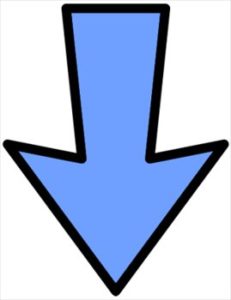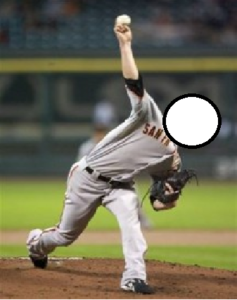Have you heard these sayings before?
“Stay on top of the ball”
“You need to work on your core”
One thing I love about sports is the unique culture that lies in each individual sport. Language, types of training, coaching cues, classifications and more are deeply embedded in these cultures.
Being one of the older sports in our country, baseball has a lot of culture with a lot of unique language. One I hear a lot is “stay on top of the ball” when pitching. Admittedly, not knowing what that meant the first few times I heard a pitching coach say it, I asked, “what does staying on top of the ball look like? The pitching coach obliged me and we looked at video of different pitchers executing this coaching cue and some not executing. Quickly, my mind started putting together what “staying on top of the ball” really is.
When trying to improve this throwing fault, our focus should not be on the ball, but rather the trunk of the body. What happens at the ball is merely a consequence or result of what happens below it. In this particular case:

The chest stays up and spine stays extended

The throwing arm will have a tendency to stay high at ball release

Causing the pitcher to “stay under the ball”

Leading to decreased velocity, inaccuracy
Not to mention, the transfer of energy from the ground, through the legs, up through the trunk, out to the arm and ultimately into the ball will be disrupted and the amount of energy put into the ball will be less than the amount potentially available.
Try this…throw a ball and intentionally keep your chest up on the ball release and follow through. You can literally feel how you have to force the action with your arm instead of naturally producing the action with the appropriate transfer of kinetic energy. Now the arm gains more wear and tear because it has to do more work to reach higher velocities.
The trunk can use the rotation from the hip and shoulder separation to generate force and transfer it to the arm

The throwing arm can come down and finish the throw towards the plate versus up high

The release point is closer to the plate which prevents the batter from picking it up too soon.
The release point also allows for greater velocities because you have a better transfer of force from the body to the ball and you can actually finish the throw. This also improves accuracy.
The trunk flexing helps decelerate the arm after the throw so the arm doesn’t have to do it all
That’s all great but how do I get from not flexing my trunk and staying under the ball to flexing my trunk and staying on top of the ball?
Here are 3 exercise examples in order of progression from lowest intensity to highest to ensure your biomechanics are on point in this area.


0 Comments
Join the conversation